Want to go to Ecuador? How badly? If you answered the way most people do for a Klondike Bar, then this might be for you: TEMPORARY RESERVE MANAGERS
Life Net is searching for a mature, very fit, and responsible couple or two friends with strong interests and/or educational backgrounds in reserve management, nature conservation, tropical ecology, birding, sustainable agriculture, ecotourism, environmental education (all or some) to steward a small (50 ha) but very bio-diverse nature reserve in Western Ecuador.
Due to the remote setting and challenges with visas we offer the position at the Las Tangaras Reserve for only 3 months to non-Ecuadorian citizens. We provide $300/month cost of living stipend, housing, and use of a rather unpredictable horse named Guapo.
The reserve is an incredible place to live, and research and photographic opportunities abound. Life Net monitors and researches bird communities, and current stewards, Steve and Amanda, are describing plants and insects, respectively.
Duties include, reserve improvements and stewardship, upkeep of trails, marking of trails, water system upkeep, septic system upkeep, maintenance of cabin, tools, equipment, research materials, small library. Options exist to develop visitation and earn additional donations from visitors to the area for birding trips and hikes, etc.
Desirable qualifications include ability to communicate well in Spanish, experience with care of horses and interest in them, college degree in a topic related to the position, related experiences with wilderness biology field work in the tropics, interests in research and nature interpretation, experience with guiding nature or birding tours, simple bio-regional living experiences, wilderness, leave no trace camping ethics, carpentry and building skills, financial management experience, business sense, etc.
Current managers finish their term 18 Dec 2010. An Ecuadorian will steward the reserve until new managers begin. We desire a pair to start early Jan, 2011 (by 10 Jan), to be on site and working through 10 Mar 2011. Send resume and cover letter to DR. DUSTI BECKER and DR. TONY POVILITIS. We want to decide on new stewards by Jan 1 and we had 300 applicants last round, so apply ASAP if you are qualified and serious about the adventure and responsibility.
How could you turn down the bonus of an unpredictable horse named Guapo?

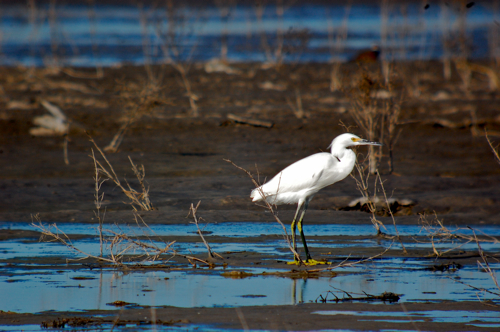
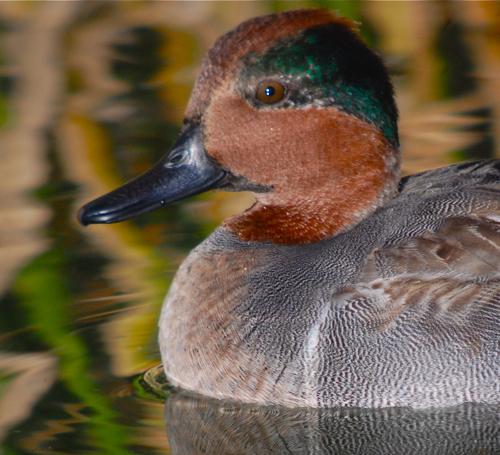

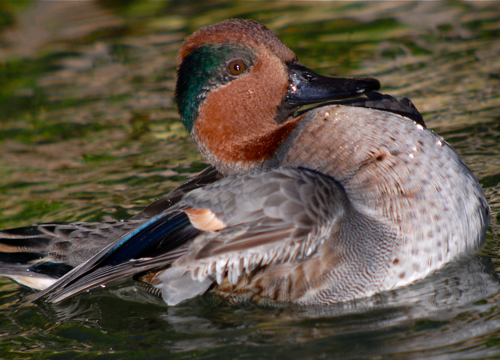

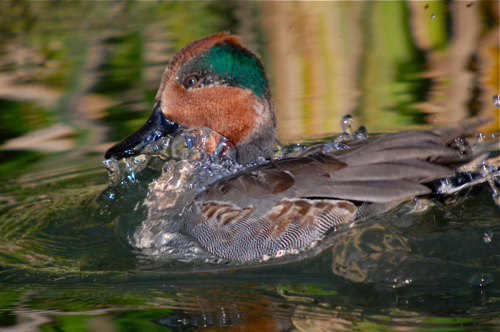
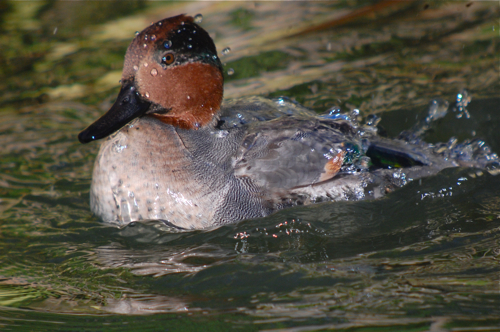

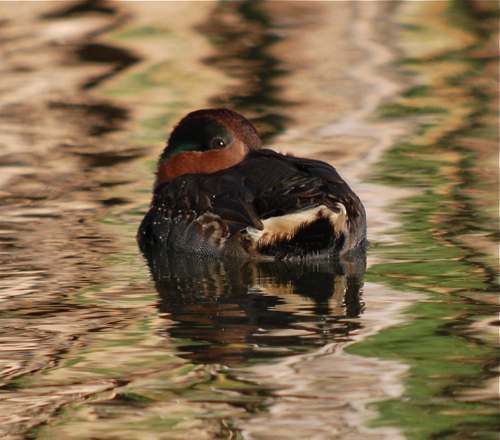
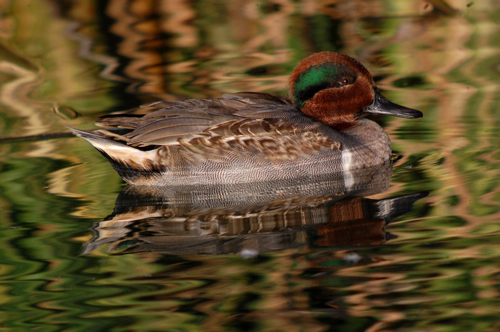


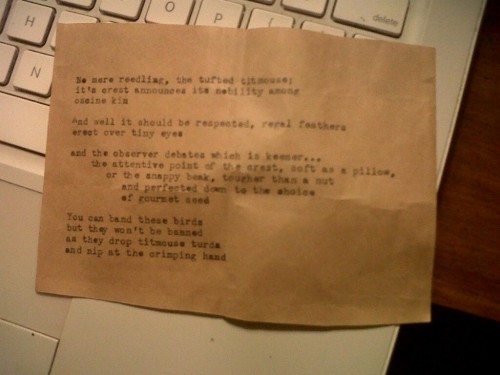
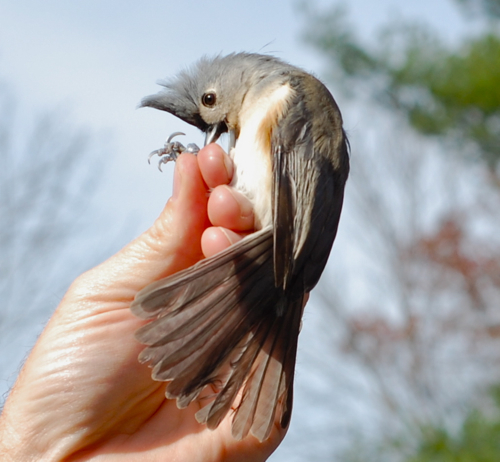

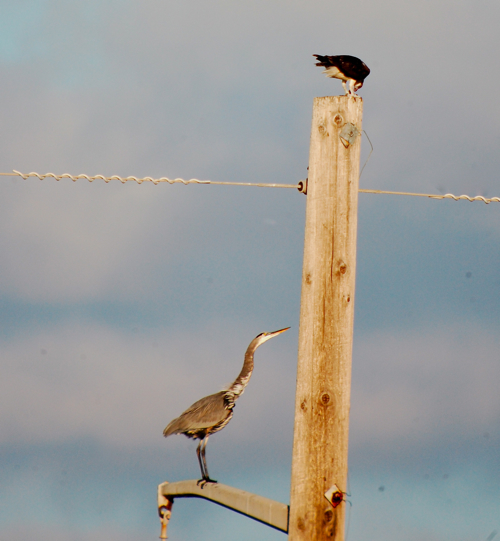 This great blue heron braved a telephone pole to see if it could steal from fish morsels from an osprey. It was not successful.
This great blue heron braved a telephone pole to see if it could steal from fish morsels from an osprey. It was not successful.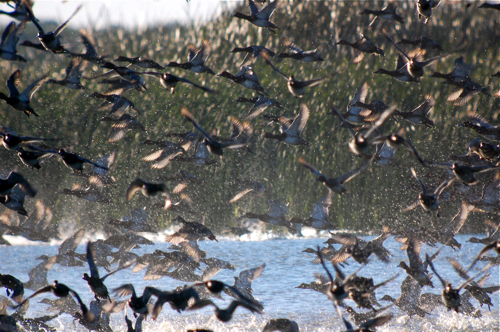











 Is it me or does this hen mallard look like she's about to engage in some tomfoolery and goose that trumpeter swan?
Is it me or does this hen mallard look like she's about to engage in some tomfoolery and goose that trumpeter swan?